Haswell Z87 Motherboard Preview: 50+ Motherboards from ASUS, Gigabyte, ASRock, MSI, ECS, Biostar and EVGA
by Ian Cutress on May 22, 2013 5:00 PM ESTASUS Z87
First in our motherboard preview is ASUS, who recently sent all technology media their media pack of motherboards with permission to publish. From the media pack, we have the following models:
ASUS Z87-C
ASUS Z87-A
ASUS Z87-Plus
ASUS Z87-Pro
ASUS Z87-Deluxe
ASUS Z87-WS
ASUS Z87-ITX (mITX)
ASUS Sabertooth Z87
ASUS Gryphon Z87 (mATX)
ASUS ROG Maximus VI Hero
ASUS ROG Maximus VI Gene (mATX)
ASUS ROG Maximus VI Extreme
ASUS Color Scheme
Moving away from the blue color scheme of the old channel motherboard range, ASUS has gone with an off-gold/yellow-gold and black livery for all but the gaming and ultra-low-end models. Typically that might ring bells, thinking back to ECS Golden boards, but ASUS are not necessarily trying to move into that way of thinking. The color scheme is obvious and yet subtle without going too overboard. In an industry that is shrinking (reports state the motherboard industry will shrink 5% in 2013), manufacturers are always looking to new markets. The market that likes a yellow/yellow-gold color is the Middle East, which could be a potential growth area.
ASUS Z87-C
The Z87-C is designed to be one of the models down the channel chain, typically with a notch above something like the Gigabyte Z77-HD4 we reviewed recently. ASUS like to maintain a level of consistency through the range, so most if not all the software on the high end Z87-Deluxe board should be on the Z87-C.
The Z87-C has five fan headers on board, six SATA 6 Gbps ports what looks like an x16 or x8/x8 PCIe lane allocation, and PCI slots. PCI was not part of the specifications for Z77, so I would not expect it part of the Z87, meaning we have a bridge chip in play. Users will also note a TB_Header, a COM header, and a TPM for the industries that need TPM. While no rear IO shots were provided, we can see some USB 3.0 (USB 3/4 written on the board), a Realtek audio codec, a HDMI port and a VGA/DVI pairing.
ASUS Z87-A
The Z87-A is the one above the C, suggesting a higher price point and a few more features.
Over the Z87-C we have a trio of full length PCIe (either x16+x4, x8/x8 + x4 or x8/x4/x4 we would presume), and six SATA connectors. It looks like that most of them are only one connector high, which might help drive down cost of production (at the expense of extra routing). Below the SATA connectors we have a new TPU switch, with two settings: I and II. This could be a switch for a light or a heavy overclock. On the Rear IO we can spot a mini-DP port. It is worth noting we do not have power/reset buttons or a two-digit debug yet at this price band.
ASUS Z87-Plus
Next up the chain is the Plus, which features a power button!
Over the Z87-A we still get the dual stage TPU and the six SATA 6 Gbps ports, but we now get an additional controller for two more SATA 6 Gbps. We also have six fan headers, all four pin, and the DirectKey button is moved up to near the 24-pin ATX power connector. Again the mDP connector makes a showing.
ASUS Z87-Pro
The middle of the channel range motherboard is the Z87-Pro, which we expect to be one of the main sellers in the ASUS range.
First thing to notice is the heatsink arrangement is more substantial, covering a bigger phase power solution. Like the Z87-A and the Z87-Plus we have single side latch memory slots, and like the Z87-Plus we get 6+2 SATA 6 Gbps ports. We lose the PCI slots in the PCIe layout for more x1, and we also gain a two-digit LED debug (still no reset button). Users will also note a BIOS Flashback button on the south of the IO. In terms of USB 3.0, some of the text on the board states USB3_56, meaning we get at least six USB 3.0 ports, as well as a USB3_E12 which suggests an additional controller. On the rear IO it seems like ‘Wi-Fi Go!’ gets an update with its own EM shield.
ASUS Z87-Deluxe
One of the high points of the ASUS range is going to be the Deluxe, aiming at the high end enthusiast. Previous ASUS Deluxe models have been well received at AnandTech.
Up the range we are getting bigger heatsinks still, with another smaller heatsink below the socket connected via heatpipe to the power delivery. Typically this area below the socket is for the PLX 8747 chip used to increase lane counts, so it is quite possible that ASUS are going for an x16/x8/x8 arrangement on the Deluxe rather than x8/x4/x4 or any other variant. Users will also notice the big ‘Wi-Fi 802.11ac’ logo on the motherboard, which means AC is coming to desktops! I am not sure as to the price premium that this brings, but I expect that it will not be as cheap as we would like. ASUS are one of the few manufacturers with an AC router, meaning they would have more access than most (hopefully).
Elsewhere on the board we have a TPM, which means that ASUS are filling out more of the range with TPM headers. We get six SATA 6 Gbps from the chipset and a four extra SATA 6 Gbps from controllers (the black SATA ports), and also power/reset buttons and two 2-digit LED debug displays. There has been a fair bit of praise to motherboards that have included the two-digit display in temperatures, and I think ASUS here might want to help by displaying GPU temperatures as well.
On the board are labels for two LAN ports, and judging by older Deluxe models these are most likely both Intel NICs. If we zoom into the motherboard, the Realtek audio NIC says ‘ALC1150’, meaning that the audio codec ASUS used on their P9X79-E WS is making its way into the high end channel motherboard. We also see a PLX 8608 chip in the middle, commonly used to split one PCIe 2.0 lane from the chipset into four – this could be used for extra PCIe x1 lanes or controllers.
ASUS Z87-WS
The Workstation model attempts to cross that line between a server motherboard and a prosumer motherboard by incorporating features from both. As a result we would expect the WS to have full Xeon support, as well as the variety of RAID and other PCIe cards available, maximizing ports and features for throughput and compute such as Tesla and Xeon Phi.
From the outset we can see support for four-way SLI, meaning that a PLX 8747 chip is definitely underneath the heatsink below the socket. The power delivery is using a newer type of choke, presumably to compete with the high end efficiency afforded by the IR3550s seen on competitors motherboards. Users are spoilt for choice on the WS, with two 8-pin 12V CPU power connectors, six four-pin power headers, a total of 10 SATA 6 Gbps ports (6+4), an additional mSATA port, a USB port out of the PCB, dual two-digit debug and power/reset/ClearCMOS buttons. There is also a small switch in the middle labeled ‘DR_POWER’, also demoed on the P9X79-E WS, which allows the user to detect power supply health.
Interestingly enough what we do not see on the WS is Wi-Fi Go!. It seems that this part of the consumer package is not particularly needed with the WS market.
ASUS Z87-ITX
We go a little bit out of order now, with the mini-ITX model of the channel range. The mITX shots were leaked from an ASUS press event rather than supplied directly, but there is plenty of information to disseminate:
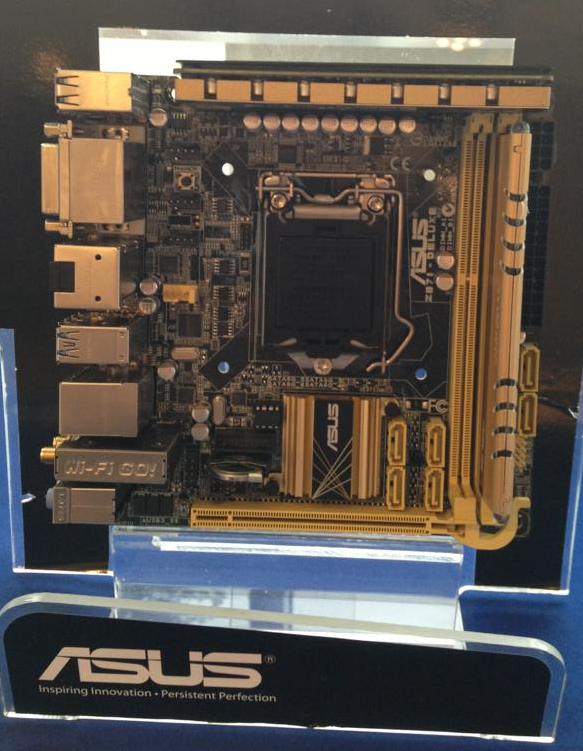
In typical 17cmx17cm form factor, we see an evolution from the P8Z77-I Deluxe we reviewed earlier in the year. The VRM is on a daughter board attached to the top, giving more PCB space for extra controllers and things, but there are several enhancements. Firstly, the 24-pin ATX and 8-pin 12V CPU power connectors are now on the edge of the board. In the last round of mITX boards, a large number of manufacturers insisted on putting the CPU power connector right in the middle, so I am glad it makes its way to an easier location. Also of note is the PCIe latch – the extended curved design I presume is to make it easier to remove a PCIe card.
On board we also get six SATA 6 Gbps, all single ports coming out of the board but ASUS have made sure you can remove locking cables individually rather than having to unlock several cables to get to the one you want. We also have Wi-Fi Go on the bottom left of the board, and what would appear to be the IO for all four video outputs. The memory in this board is color co-ordinated, and seems to be using an Avexir LED style, suggesting that ASUS have teamed up with Avexir for a new line of memory and lighting.
ASUS TUF Sabertooth Z87
The Sabertooth continues the evolution of the hard wearing philosophy, and the thermal armor is, as always, pretty substantial.
Because of the armor we obviously cannot see too much, except that the rear IO and USB 3.0 ports near the SATA ports have protective covers, and a TPM is on the south end of the board. What we do know though, according to ROG Nordic’s FB page, is that the Sabertooth will come with a rear shield.
ASUS TUF Gryphon Z87
The new member to the TUF range is a micro-ATX board with all the Sabertooth features filtered down:
Without an armor kit, we can see the board is still the grey/brown army-style color scheme, with TPM, six SATA 6 Gbps ports, seven fan headers (on a mATX!), and all the regular ASUS features we have come to expect. Additional to the Gryphon, ASUS will be selling an armor kit to make it more like the Sabertooth:
This would seem to include a front plate, back plate, and additional guards for all the slots. We can also see on this picture the IO of the Gryphon, sporting DVI and HDMI connectors as well as a few USB 3.0 and USB 2.0.
ASUS ROG Maximus VI Hero
Another new addition to the non-channel range motherboards is the ROG Maximus VI Hero (M6H). Over recent generations ASUS has been pushing the Gene as the entry level board into the ROG range, and I was expecting ASUS to think about a mini-ITX board, but apparently demand was enough for users to think about a full size ATX but perhaps slightly cheaper than the Formula. The Hero comes in as the new entry level model parallel to the Gene for sure, but still has all the ROG finesse:
As one of the entry ROG, we still get a motherboard aimed at gaming – full x8/x8 support on the GPUs, SupremeFX audio, extra SATA ports, but the one of the differences will be in the hardware/software support. As an ROG owner, you get ROG specific software and a BIOS unlike others, as well as support via the ROG forums to get the best out of your system. It is worth noting that under the heatsink we can see those high end VRMs we saw on the Deluxe, meaning that the ‘entry ATX ROG’ is still waiting to pack a punch.
ASUS ROG Maximus VI Gene
The M6G continues the evolution of the ROG range, with a few features putting it above the Hero to counteract the smaller stature:
The thing that sticks out for me is the mPCIe Combo II, which seems to be an evolution of the mPCIe Combo we have seen on the Ivy Bridge range of motherboards. The rear IO also looks a little more substantial than that of the Hero, but the Gene comes with an obvious backing for USB 3, HDMI and I would presume an Intel NIC. Some of the onboard text says ‘USB3_E1~4’ as well as ‘USB3_56’ suggesting we have ten USB 3.0 ports on the Gene.
Also of note is the ROG_EXT header on the bottom of the board, which we will come to later.
ASUS ROG Maximus VI Extreme
The top of the line ROG motherboard is always the Extreme. As mentioned in our previous reviews of Extreme motherboards, this is the one that gets the attention for innovation, and as a result come in at almost no-holds barred in terms of cost. Back at the X79 range, I was quoted that the X79 Extreme took account for 80% of the ROG X79 sales, meaning this is the board to focus on.
Alongside the 4-way GPU configuration, we can tell that behind the power delivery heatsink we get a PLX8747 chip, and the higher end VRM solution of the Deluxe. There is additional CPU power (8-pin + 4-pin) than normal for overclockers to take the board through sub-zero temperatures, as well as eight fan headers. A few of the normal M6E features seem to be missing: sub-zero sense, VGA hotwire, OC Key. This is because we are getting something a little extra with the Extreme, courtesy of a release from ROG Nordic’s Facebook page:
The OC Panel is essentially your all in one overclocking station. With an LCD screen it folds away into a 5.25” bay as a monitoring tool, or overclockers can put it on its stand and use the menus to navigate through. As it says in the slide above, the OC Panel integrates the overclocking features such as Subzero Sense, VGA Hotwire, Slow Mode, Pause Switch and VGA SMB. This bit of kit is clearly what goes into the ROG_EXT header on board, and compatible with other ROG boards.
Source: Coolaler
ASUS Z87 UEFI
Courtesy of another facebook leak, we also have slides demonstrating the new ASUS UEFI:
It seems we still have an Easy and Advanced Mode, though the Quick Note, Last Modified and My Favorites features look interesting.
ASUS are bringing more fan control options to Easy Mode, with a drop down menu on individual fans at the click of a button.
Now this is going to be a good feature for overclockers – if you only want several settings to adjust, you can put them all in a My Favorites menu which comes up at BIOS entry. This allows quick and easy adjustment of CPU multiplier and voltages without churning through a few menus to do so. My hope is that it keeps the options in between BIOS flashes or Clear_CMOS presses.
One of the features added in previous BIOS implementations was the shortcut menu – ASUS has also now made this configurable.
The last feature in the slide deck leaked online is the Quick Note and Last Modified. This would seem to allow users to write notes in the BIOS regarding preferred settings (handy for overclockers over multiple benching sessions) and Last Modified acts as a last sanity check before applying various settings.


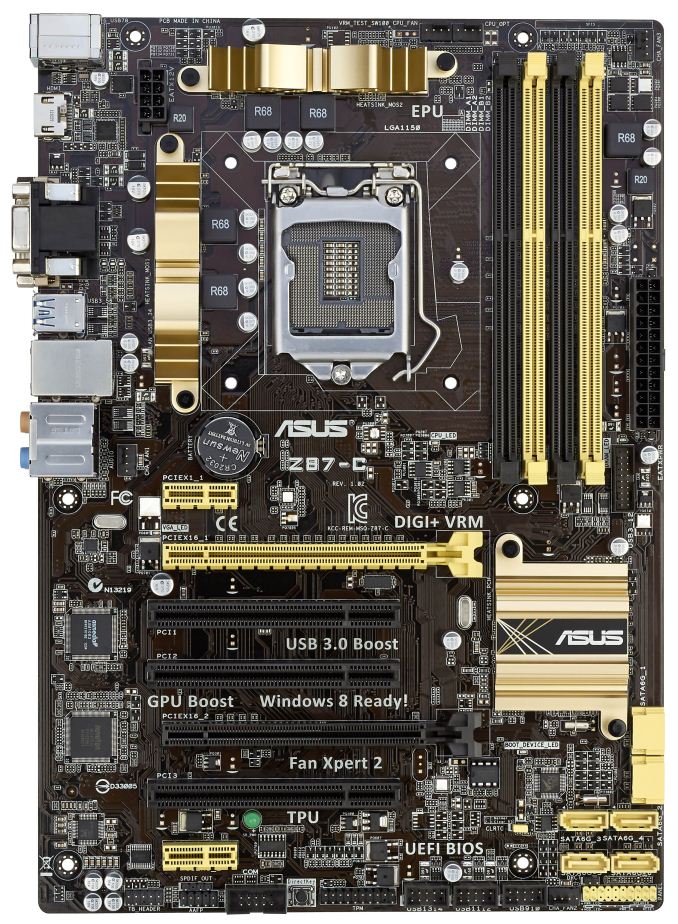
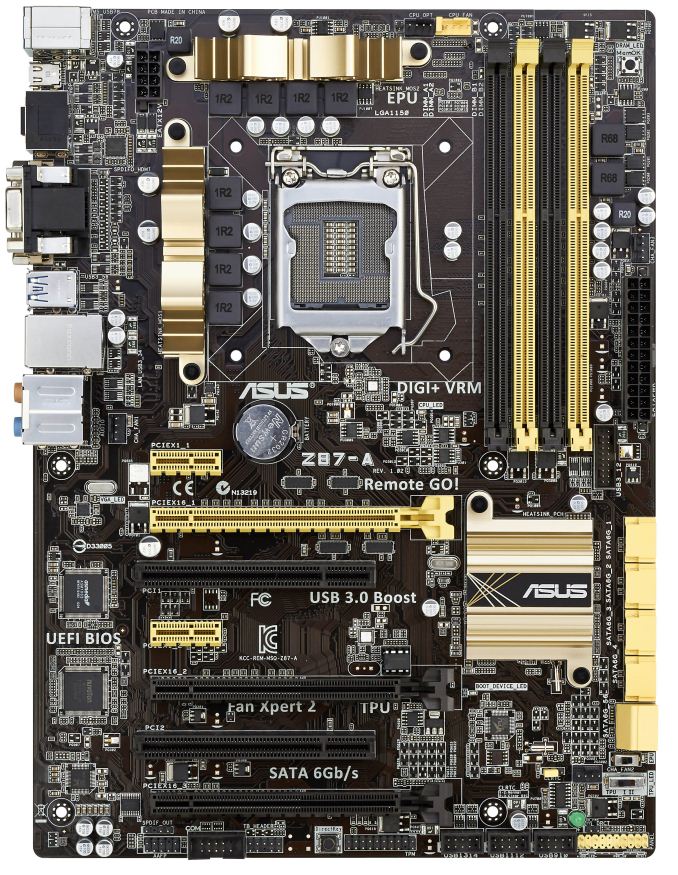

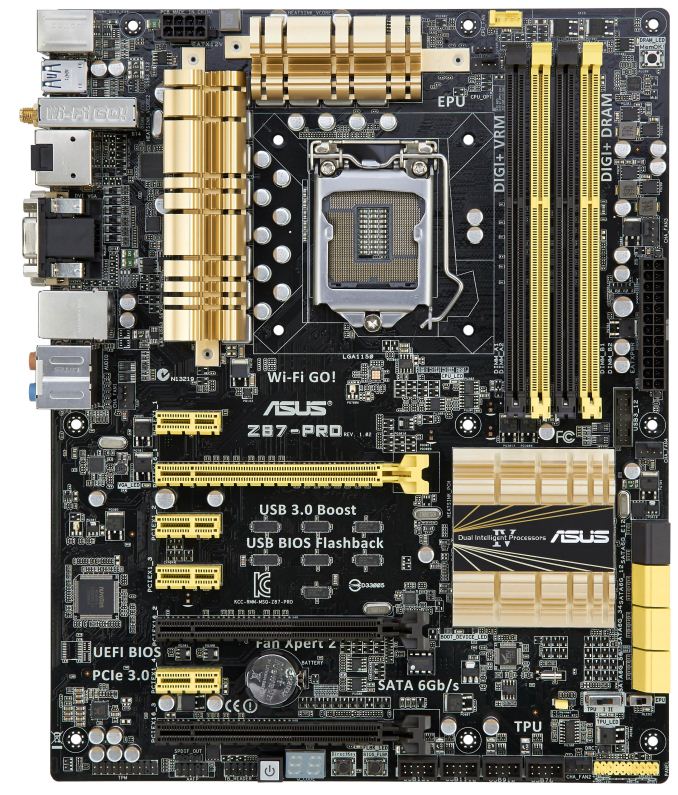
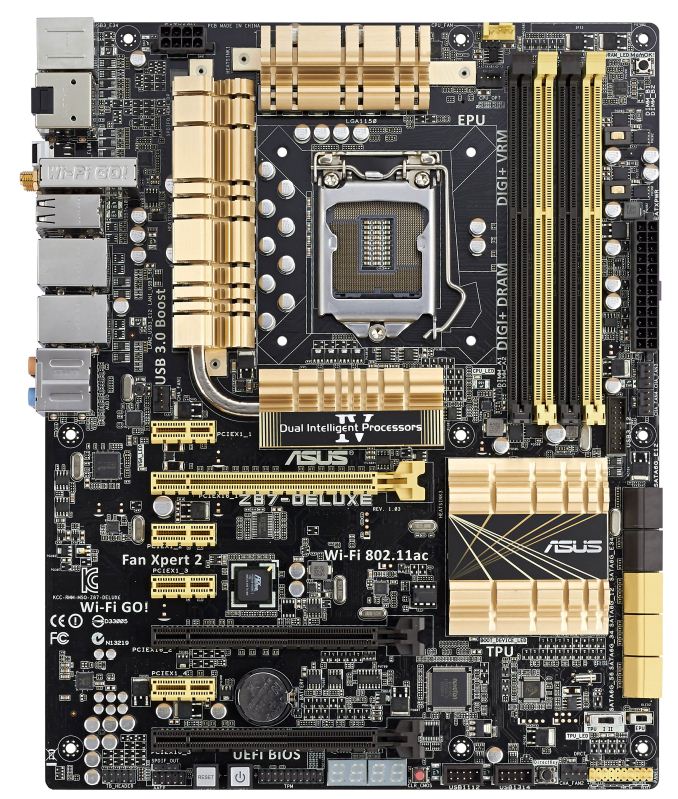





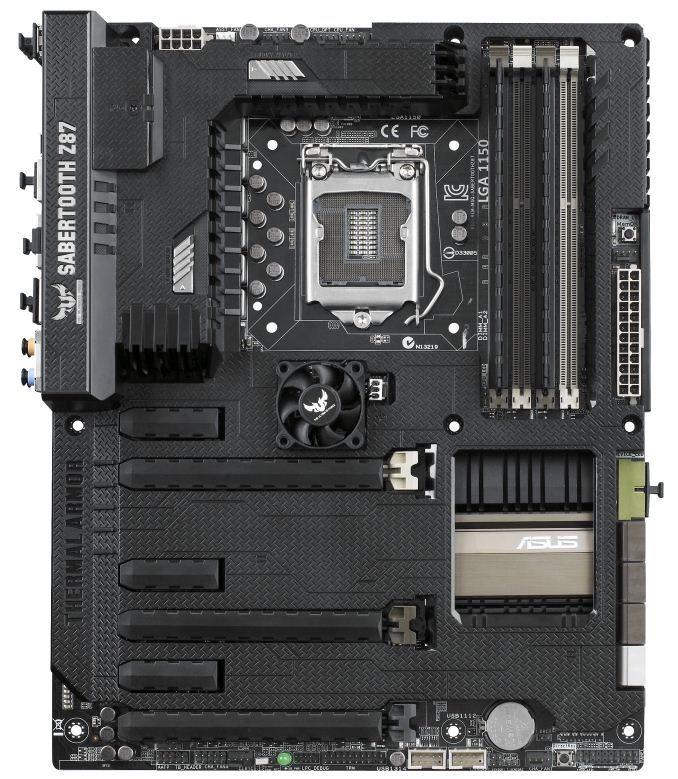

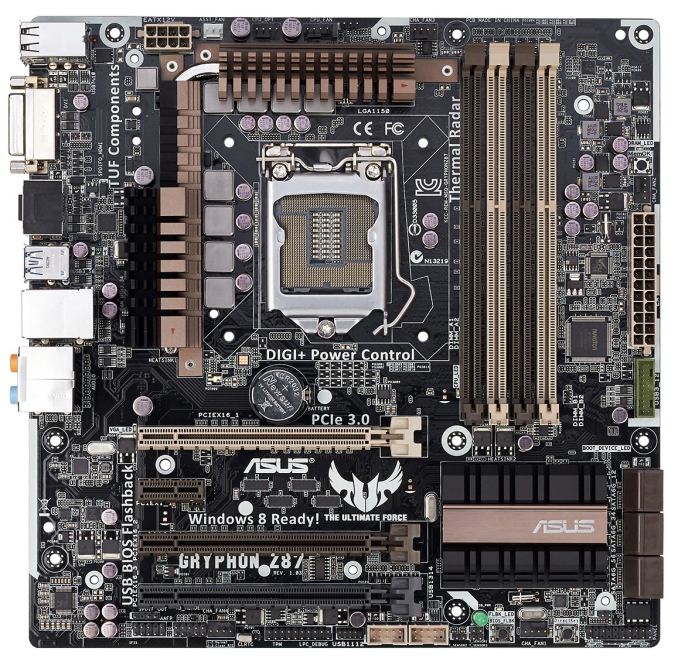
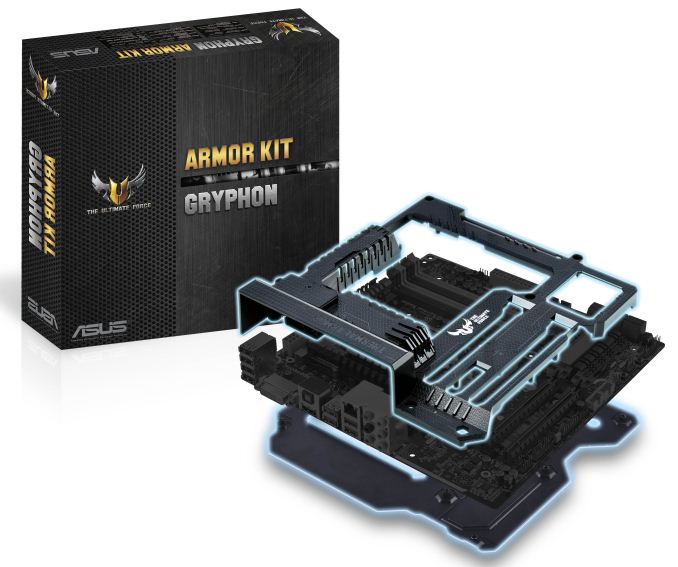
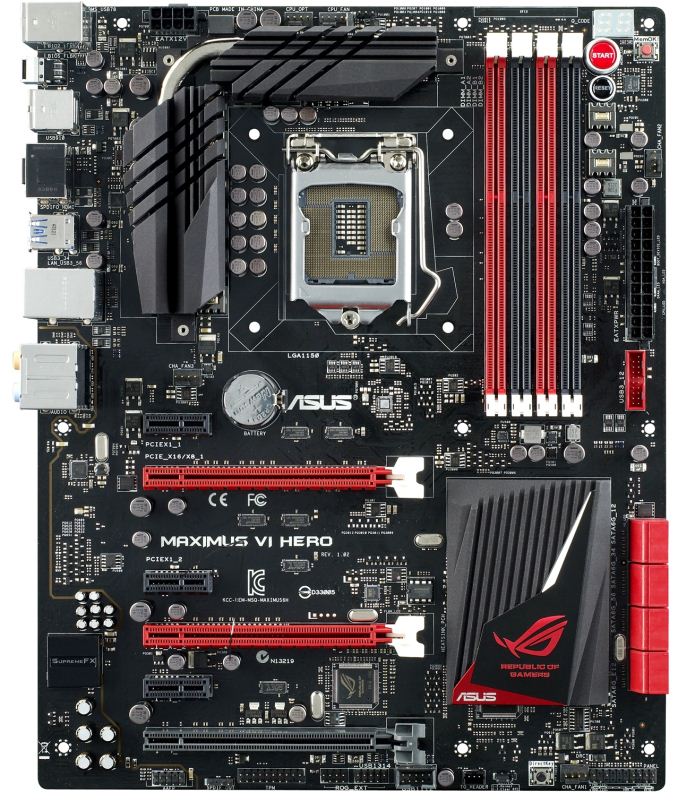
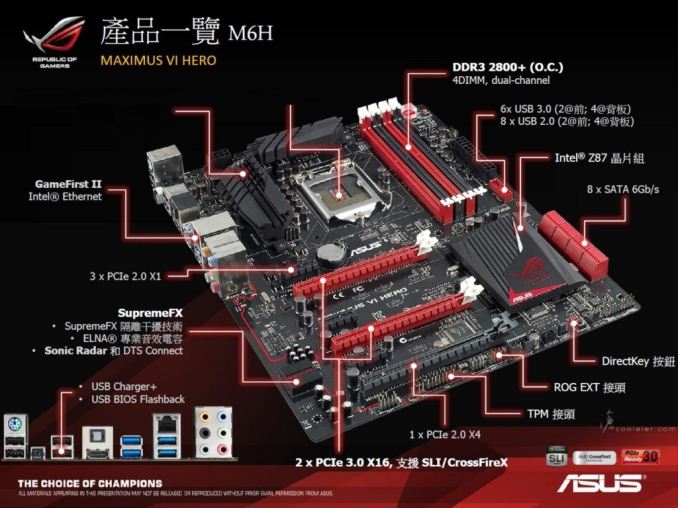
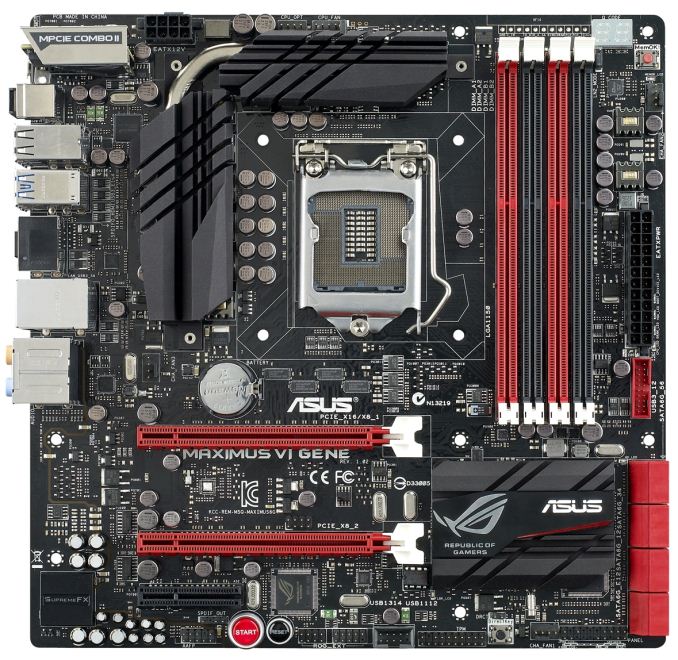
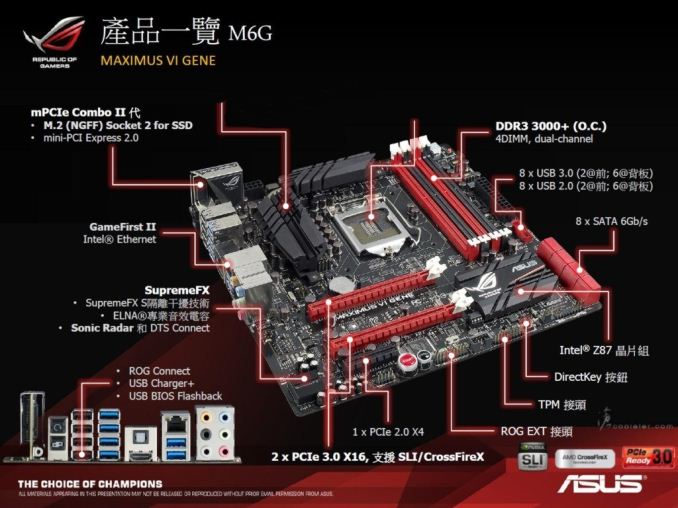
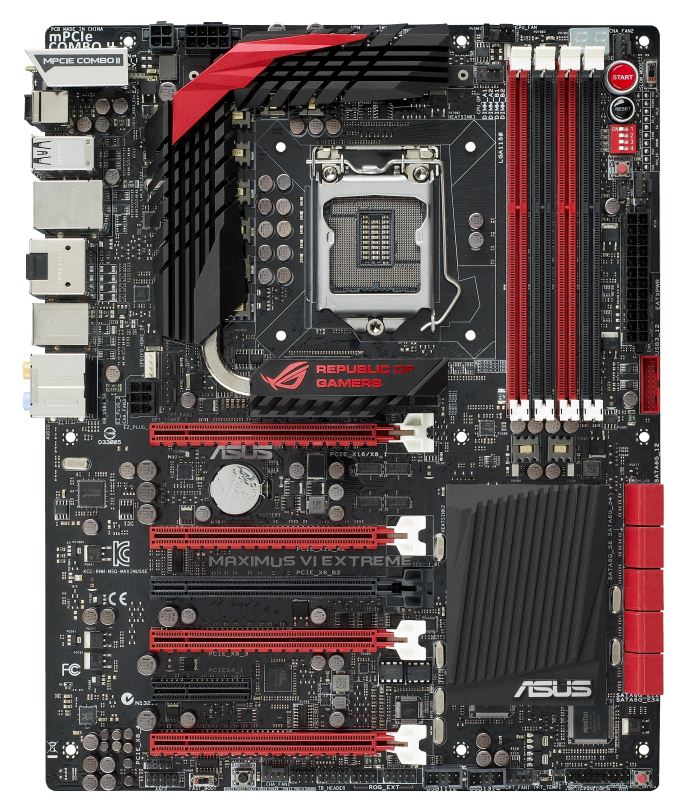

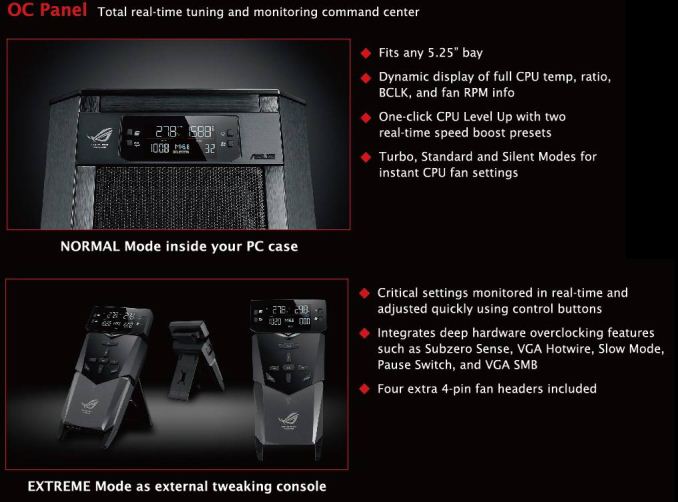
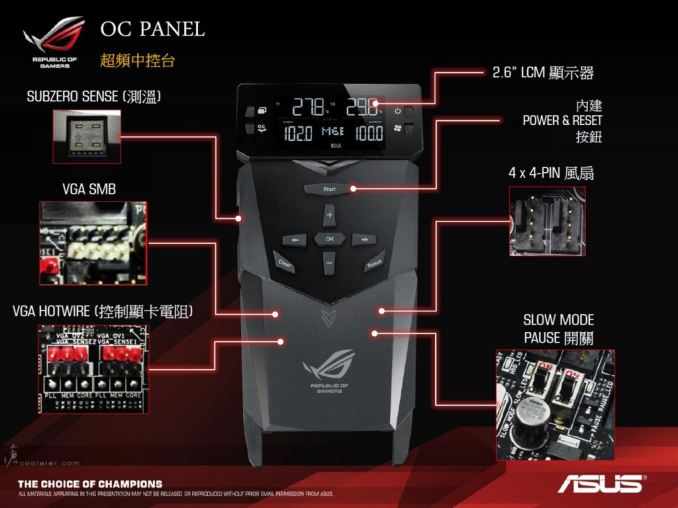

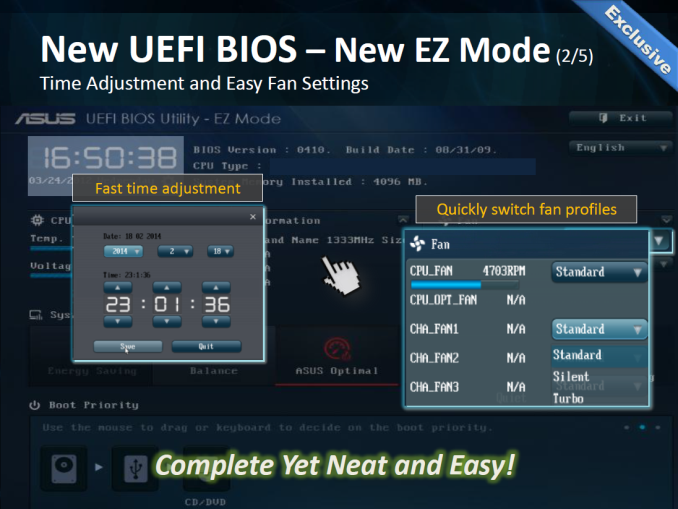
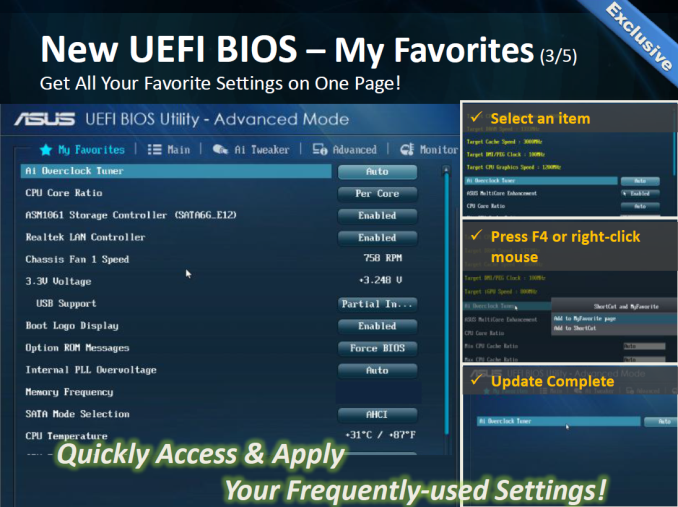
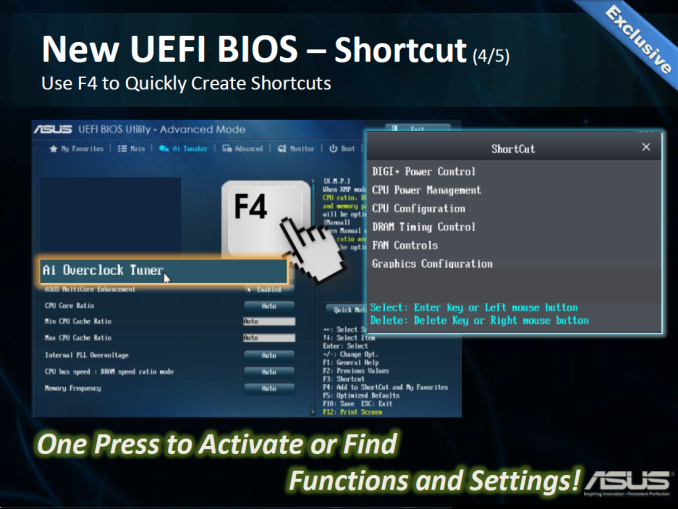















70 Comments
View All Comments
vailr - Wednesday, May 22, 2013 - link
What about DDR4? Will Intel offer a revised chipset (Z88?) for DDR4 + Haswell CPU's later this year?sticks435 - Wednesday, May 22, 2013 - link
No, DDR4 will most likely debut on the new Enthusiast boards (X79 or X89 or X99). It will be either 2014 or 15 before we see it on mainstream boards.Death666Angel - Wednesday, May 22, 2013 - link
Haswell doesn't seem to support DDR4. The memory support is based on the CPU since a few generations back, not the motherboard/chipset anymore. Haswell-E might support DDR4 by the looks of it.Sm0kes - Wednesday, May 22, 2013 - link
Really interested to see if Thunderbolt can make any meaningful advances..... if not this year, i suspect this will be dead technology. Was really looking forward to seeing eGPU's become a reality.xTRICKYxx - Wednesday, May 22, 2013 - link
Thunderbolt only has a PCI x4 access so a AMD Radeon HD 6670 is going to fully saturate it....I want to believe Intel will fix this so eGPU's can succeed!
Jaybus - Thursday, May 23, 2013 - link
Haswell uses the same x4 configuration, but with PCIe 3.0 and a bandwidth of 20 Gbps. Since that matches the current max Thunderbolt spec, why would they use more than 4 lanes? There simply isn't a lot of headroom for going > 20 Gbps over copper without limiting the cable length to only a few cm..They are working on silicon photonics to integrate a chip level optical interconnect to make optical Thunderbolt cheap enough, but until then there just isn't much need for more than 4 PCIe 3.0 lanes.bobbozzo - Wednesday, May 22, 2013 - link
on P1, "Within that is the cost for the chipset (a not-significant cost)"Do you mean not-INsignificant?
thanks for the article!
Death666Angel - Wednesday, May 22, 2013 - link
Well, any of the mATX motherboards look good. My preferred brand is Gigabyte for the good value and performance. Asus usually when I have the money laying around and want a feature or two they offer. AsRock is also good if they are competitive with Gigabyte by being cheaper or offering more for the same money. The other manufacturers I have little experience or dodgy experience with. :DI would like a mATX with good overclocking, Intel NICs, decent onboard sound, 8 SATA connectors and maybe mSATA. I don't need wifi, more than 8 SATA, more than 2 USB 3.0, LCDs, reset/power buttons onboard, SLI/CF support or anything fancy like that.
Egg - Wednesday, May 22, 2013 - link
Am I misinterpreting something, or do post of the lower end boards include PCI? I thought some of them would drop it, as people with the expansion cards that need it often will look for better boards, and it now needs an extra controller.meacupla - Wednesday, May 22, 2013 - link
They fill in the gap between the business (B series) and enthusiast (Z series) chipset.